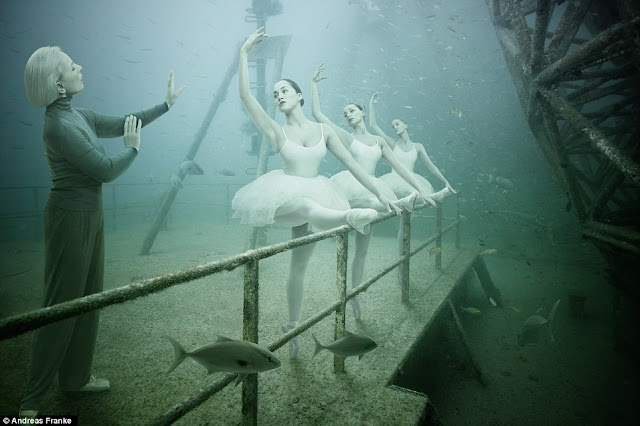I realize my posts have been taking a turn for the macabre of late... I guess I'm just gearing up for halloween, so bear with me and be warned, there is more to come!
This treasure located south of Kutná Hora, Czech Republic appears to be a relatively nondescript Gothic Roman Catholic chapel from the outside. When the structure was being built, a huge cemetery filled with tens of thousands of skeletons was unearthed. The skeletal remains were stacked up dutifully in the chapel for centuries.
That is, until the 19th century, when a woodcarver, František Rint, was tasked with straightening up the piles of bones by the Schwarzenberg family. And what a job he did, festooning the church with garlands of skulls, a coat of arms made entirely of bones, a chandelier using every bone in the human body, a bony Jesus on the cross … It’s haunting, macabre and grotesque.
Between 40,000 and 70,000 deceased members of the clergy reside here dating back to 1278 when Sedlec became known as a particularly desirable burial site, after the ground was consecrated with dirt taken from Calvary, the site of Jesus' crucifixion.
Among the bones are countless victims of the Black Death, who flooded the cemetery in the mid 14th century. I have yet to see this stunning chapel in person but I hope to travel there some time within the next year. Here are some photos inside Sedlec Ossuary.














































































